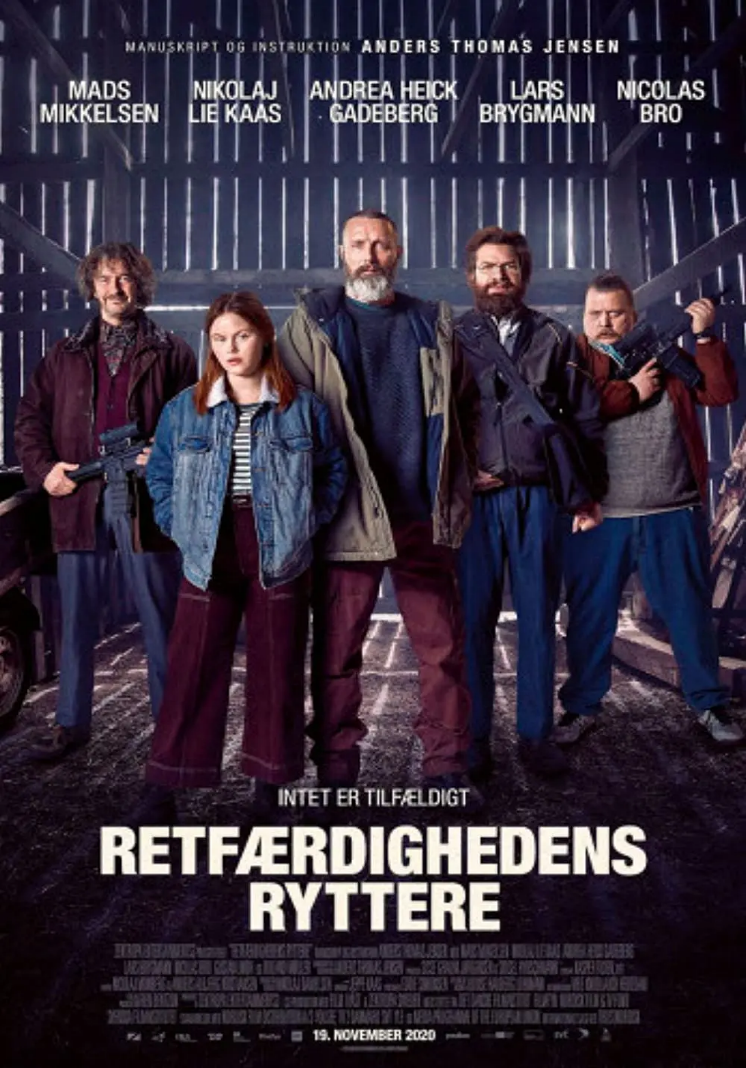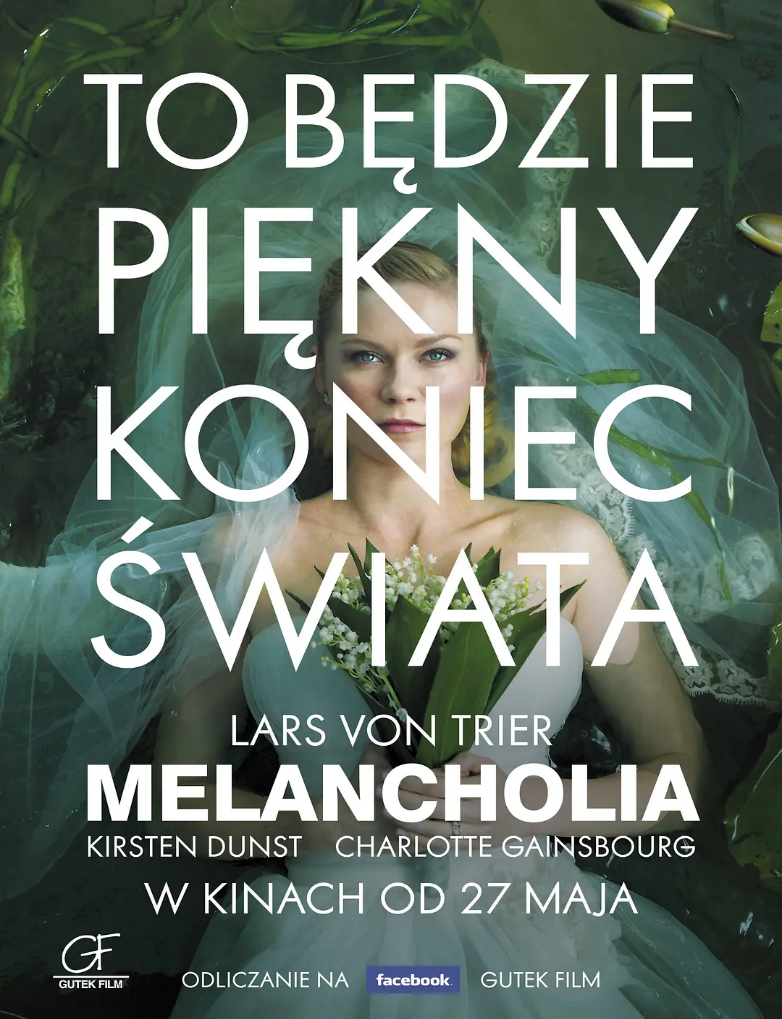Se min kjole Look at My Tuxedo”: they pass by like this

The Danish film “Se min kjole” is a thoughtful and humanistic film that focuses on the current situation of four marginalized girls and the reasons for this situation, as well as the life they will have. The reason why I chose to use this translation of the film instead of “Baby, Don’t Make a Sound” is that “Look at My Tuxedo” has an inexplicable pathos and sense of helplessness, especially when combined with the film’s plot and ending, “Look at My Tuxedo” has a sense of marginalized girls hoping for attention, eager to resolve their misfortune, desperate for understanding, waiting for recognition, and longing for a future. It also seems like a unique invitation – to see how we have experienced the inflection point of life.
Often, the lives of marginalized girls are more compelling in film than in reality, having suffered great misfortune in their lives, they are either weak or resilient to the screwed up and deformed side of society. …it is not the boarding house in the film that really allows them to release their shadows and get out of the way, but themselves. The girls need someone who can really get inside, who can empathize with them, who can bring them the sunshine they need to survive, and the newest and oldest member, Charlotte, is just the right sunshine at the right time.
Charlotte is a girl with a lot of experience and a past that makes her very angry at the men who harass the girls, she is also a strong girl, who will take advantage of her, insult her or fat beat her men, she will be able to fight back, if these men hit her sisters, she will not stand by. But the strong Charlotte is still unable to resist the vagaries of fate, and the fatal illnesses are becoming more and more frequent, so she is the one of the girls who is most eager to leave.
The four girls flee the boarding house only because Charlott has taken a hard shot at a neighbor she mistakenly thought was harassing her sisters. During the drive away, the girls increase their trust and understanding of each other, Charlott resourcefully helps the confused Nadia to see her long-lost infantile daughter, forcefully helps Barbara to relieve that eternal pain in her chest, and readily gives Stef a travel ticket. Although Nadia seems to have fallen back into the trap of her asshole husband, the audience has reason to be optimistic about Barbara and Stef.
Although the film does not positively question the patriarchal society, but the film rich and powerful and arbitrary men brought the girls everywhere, these girls, whether from the bottom of the social class or a wealthy family, have experienced the harm inflicted by men, some injuries, almost fatal. The doctor’s daughter Barbara has a very painful experience, so she can not escape the physical and psychological trauma inflicted by “him”; Charlott has been beaten by a man to break his teeth, and when she is trying to save Barbara and deal with a middle-aged man who buys sex, she was painfully Flat ……
Without status, money, and the protection and care of a family, these girls struggle to live in this cold and snobbish world, and the boarding house can take care of their drug rehabilitation, but cannot exorcise their psychological trauma. Perhaps to show the inner trauma of the characters, the film’s camera often has a sense of wavering and illusion, such as the drug-addicted Stef’s trance after a blank stare and ridicule at a dance, or Barbara’s passive recollection of her 11-year-old experience when she is molested by a horny older man, as the camera sweeps past the hallway door and slowly pushes its way to a bed covered with a dark patterned bedspread.
Director and screenwriter Hella Joof’s work is always full of human concern for special groups, and in the treatment of the plot, you can see that he is a pessimistic optimist, and his endings are often set with a touch of sadness and a touch of warmth. His work has also touched on same-sex love many times, but this film, despite its same-sex love component, does not suggest that it is strictly a “gay film”; it is more like a baptism for marginalized girls growing up, who love freedom and the future.
The film’s cast is spot-on, and Stephanie Leon, who plays Charlott, makes sense of a character with a past and a story. How protective Charlott is now suggests how unfortunate she once was, and her disdain for pestering men shows just how much she rebels against the backlog of male violence. When Barbara’s secret is discovered, Charlott holds a gun to Barbara’s mother’s head and makes her apologize to Barbara for not protecting her in the first place, the audience can feel the tension flowing through the performance.
Julie Grundtvig as Barbara has two moving crying scenes, one is when Charlott asks her if she wants her mother dead or her apology, the other is the end of the film, the car is parked on the bridge, the camera sweeps across the sparkling water, back to the sad and crying Barbara, so that the audience suddenly understand Charlott’s choice …… However, no matter what road these girls choose, are after the trials and tribulations of sublimation, are worthy of respect and appreciation, after all, they have walked the road than others bumpy and muddy.




